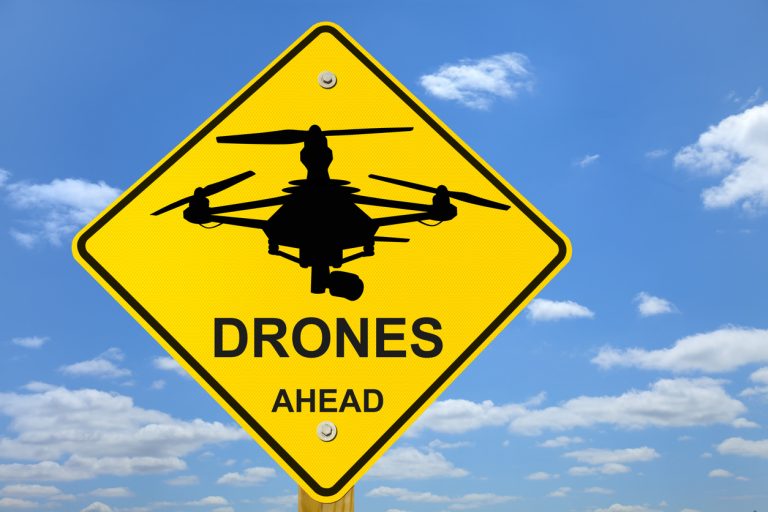
Develop a real-time visual collision avoidance system for drones and manned aircraft using a wide-angle camera and fast on-board visual processing.
The skies will soon be full not only of birds and traditional aircrafts but also of unmanned drones, paragliders, blimps, and other flying objects that all constitute potential collision threats. Some will carry broadcasting devices making them easy to detect and avoid, but not all. To help navigate such a crowded environment safely, the project aims at developing a lightweight vision-based system that can detect threats and alert the pilots and drone operators.
A straightforward approach is to copy the behavior of the human pilot by installing cameras in the aircraft, and continuously and automatically process the imagery using Computer Vision algorithms. When other vehicles are detected the threat level can be assessed and appropriate measures taken. Flarm Technology AG already offers a collision avoidance system that has become popular for light aircrafts and gliders. Extremely effective when both aircrafts are equipped, it does not help at all if one of the aircrafts is not carrying one.
We propose to augment FLARM with a wide-angle camera to be used to detect aircraft that might be on a collision course. This will involve developing robust, fast, and energy efficient Computer Vision algorithms to detect potential threats that only occupy a small portion of the field of view, may move against complex backgrounds, and are filmed by a camera that itself moves.
This collaborative research project is led by the Computer Vision Laboratory, of professor Pascal Fua in collaboration with Flarm Technology AG. It lasts 18 months and is sponsored by the Commission for Technology and Innovation.
| Principal investigator | Prof. Pascal Fua |
|---|---|
| Sponsor | Commission for Technology and Innovation |
| Period | 2016-2017 |
| Laboratory | CVLAB |
| Industrial partner | Flarm Technology AG |
| Collaboration | TRACE |